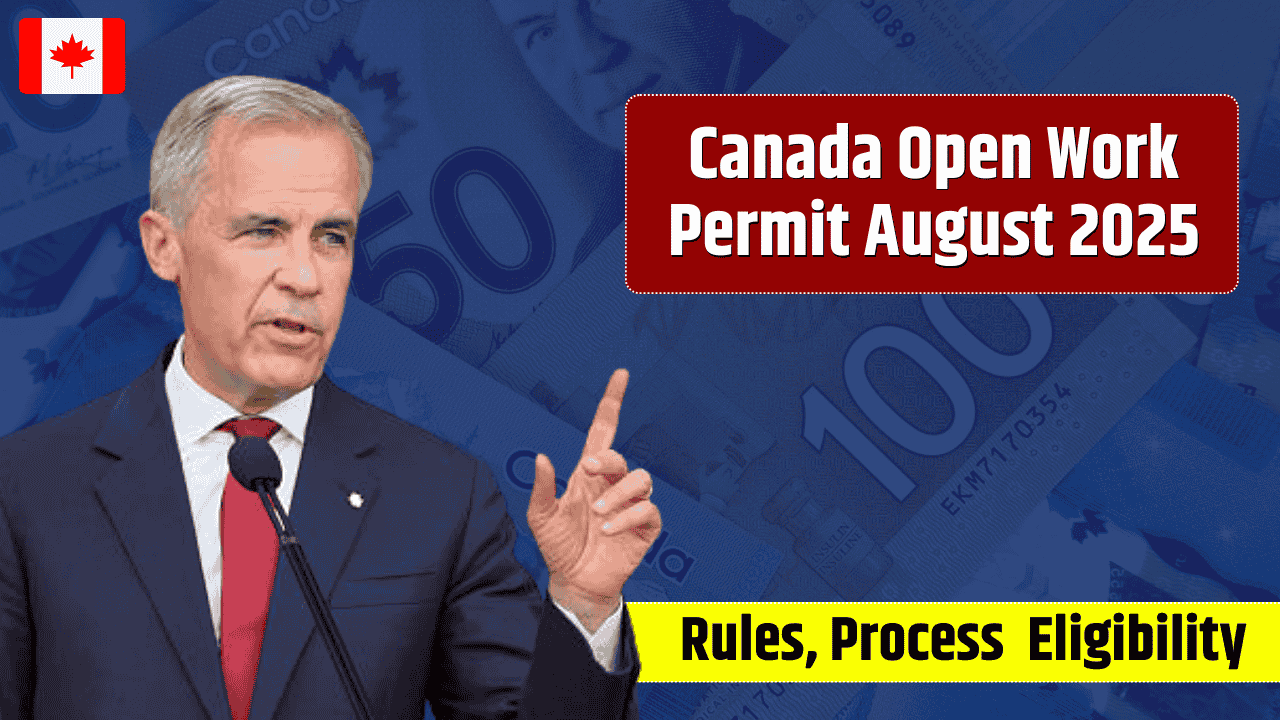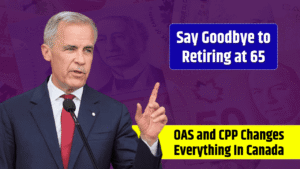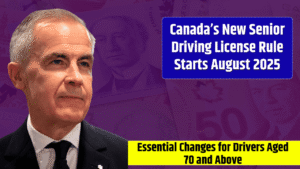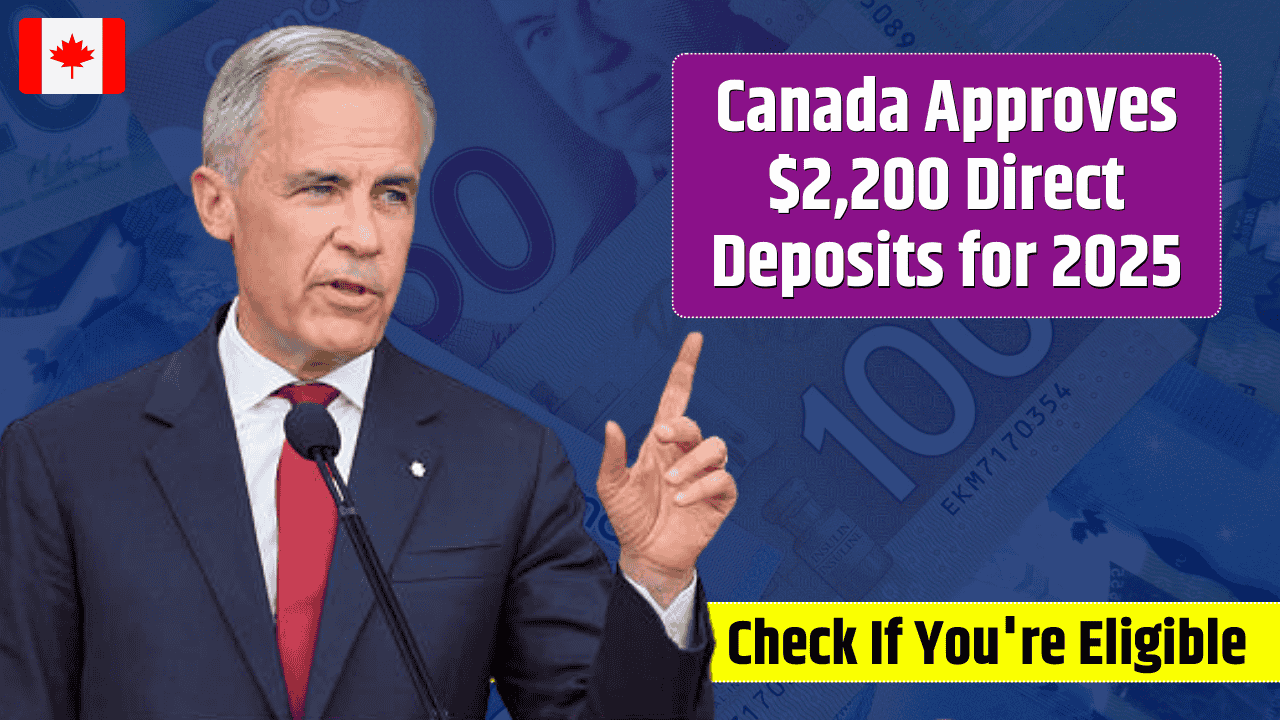If you hate being handcuffed to a single employer, Canada’s Open Work Permit (OWP) is the rare bit of bureaucracy that actually feels…freeing. You can change jobs, switch provinces, test industries, even take a breather between roles—legally. Just note: immigration rules do change. I can’t pull live updates today, so I’m working off reliable, official guidance and long-standing policy. When in doubt, always cross-check in your IRCC online account and with the government pages I’ve linked below.
Table of Contents
What an Open Work Permit actually is (and isn’t)
An OWP lets you work for most employers in most occupations without needing a Labour Market Impact Assessment (LMIA) or a specific job offer. It doesn’t grant permanent residence on its own, and it can still carry conditions (for example, medical restrictions for healthcare or childcare jobs if you haven’t done an approved medical exam).
OWPs are typically available through defined pathways—spouses/partners of certain temporary foreign workers or students, recent graduates on a Post‑Graduation Work Permit (PGWP), bridging open work permits (BOWP) for people in the PR queue, certain humanitarian programs, and some youth mobility programs.
Who qualifies: the big buckets at a glance
Eligibility changes by stream and policy window. Use this table as a directional guide, then verify details on the official site.
| Pathway | Who it’s for | Notes |
|---|---|---|
| Spousal Open Work Permit (SOWP) | Spouses/common‑law partners of qualifying skilled workers or (in limited cases) eligible students | Student rules tightened in 2024; check current criteria on the IRCC site before applying |
| Post‑Graduation Work Permit (PGWP) | Recent graduates of eligible Canadian designated learning institutions | Length tied to program length and passport validity |
| Bridging Open Work Permit (BOWP) | Applicants with an eligible permanent residence file in process | Lets you keep working while IRCC decides on your PR |
| Refugee claimants & certain vulnerable workers | People facing abuse or with specific humanitarian grounds | Highly program‑specific; check instructions carefully |
| International Experience Canada (IEC) | Youth from partner countries (Working Holiday = open permit) | Only for citizens of partner countries; quotas and rounds apply |
For official rules and definitions, start with the IRCC work permit pages on canada.ca and the fee and processing‑time tools embedded there.
How to apply (online, from inside or outside Canada)
Most people apply online through their IRCC account. The flow is predictable:
| Step | What you do | Tips |
|---|---|---|
| 1 | Create/Sign in to IRCC account (GCKey) | Use the same email/phone you’ll keep for 2FA; save recovery codes |
| 2 | Answer eligibility questionnaire | It generates your document checklist—don’t guess; be accurate |
| 3 | Complete forms | Common ones include IMM 5710 (in‑Canada) or IMM 1295 (outside) |
| 4 | Upload documents | Passport, digital photo, proof of eligibility (e.g., spouse’s status), prior permits, proof of ties/status |
| 5 | Pay fees | Work permit + open‑permit holder fee; biometrics if required |
| 6 | Give biometrics | Book quickly; delays here delay everything else |
| 7 | Medical exam (if needed) | Use a panel physician only; see IRCC’s medical exam page |
| 8 | Wait for decision, then travel/activate | If outside Canada, you’ll receive a Letter of Introduction; present it at the border to get the actual permit |
You can review fees and standard steps directly on IRCC’s site, including the official fee list and processing time tool on canada.ca.
Fees, documents, and timing (realistic expectations)
Fees and timelines do change; always verify the latest numbers.
| Item | Typical amount | Where to confirm |
|---|---|---|
| Work permit processing fee | ~CAD $155 | See IRCC’s fee table at canada.ca |
| Open work permit holder fee | ~CAD $100 | Same fee table (work section) |
| Biometrics (if required) | ~CAD $85 per person | Listed with fees and instructions |
| Medical exam | Varies by country | Book only with IRCC panel physicians |
| Processing time | Varies by country & stream | Check IRCC’s processing time tool |
IRCC’s Fees page and Processing times tool live on government domains: you’ll find them under the Immigration, Refugees and Citizenship Canada section at canada.ca and the timelines page at canada.ca. For medicals, IRCC’s official instructions are here: Medical exams for immigration.
Personalized guidance for your situations
For Okieve Davis (Jamaica) — Automotive technician, 14 years, buses/cars/trucks, EV/hybrid
Fantastic profile, especially with heavy vehicle and EV/hybrid experience. Two realistic routes:
- Employer‑specific work permit via LMIA (common for mechanics/technicians)
- Find a Canadian employer willing to hire you and support an LMIA under the Temporary Foreign Worker Program. Transit agencies, large fleets, dealerships, and coach/bus companies often sponsor when skills are scarce.
- Once LMIA is approved, you apply for a closed work permit naming that employer.
- Some provinces require trade certification or apprenticeship recognition; expect to show credentials and experience. Red Seal‑type recognition helps for mobility, though automotive service techs are regulated differently by province.
- Spousal/Open pathways (if applicable)
- If your spouse/partner is a qualifying worker or student in Canada, you may be eligible for a Spousal Open Work Permit.
- If you later study in Canada at an eligible institution, a PGWP can give you an OWP after graduation.
Practical tips: tailor a Canadian‑style resume, target public transit authorities and fleet maintenance contractors, and keep copies of certificates, training logs, employer letters, and a clean driving abstract. No IEC route for Jamaica as of prior policy cycles.
For Tsegaye Mathewos (Ethiopia) — BSc Statistics, 10 years teaching primary math
Teaching in Canada is a regulated profession. To be a classroom teacher in public schools, you usually need provincial teacher certification plus a licensed employer—so most newcomers start with one of these:
- Employer‑specific permit (LMIA) for roles like Educational Assistant, private tutoring, learning support, or data/assessment roles in education companies. Less regulated, easier entry.
- Study in Canada → PGWP → OWP. A graduate certificate or master’s in education, data science, or analytics can open doors and lead to a PGWP.
- Spousal OWP if your partner qualifies.
If your long‑term goal is public school teaching, research the province’s teacher certification body early (coursework, practicum, language tests). In the near term, focus on roles that recognize your math/statistics background (education tech firms, private academies, tutoring franchises), then up‑credential inside Canada.
Spot the scams: that $9.99 “visa approval” email
Short answer: that message is almost certainly a scam. IRCC does not approve your “immigration visa” by email and then ask for a random $9.99 payment to finalize it. Official fees are set in Canadian dollars, higher than that, and payments are made securely inside your IRCC online account—not via links in emails.
What to do now:
- Do not click any links or attachments in that email.
- Sign in to your secure IRCC account to check for official messages. IRCC sends real updates to your account and may send a notification from government domains (e.g., notifications.canada.ca), but payments are collected in your account.
- Report the phishing attempt via IRCC’s fraud page on canada.ca and delete the email.
You can also cross‑check real fee amounts on IRCC’s Fees page at canada.ca. If it’s not in your IRCC account, treat it as fake.
After you land: turning your Letter of Introduction into a real permit
If you apply from outside Canada and get approved, you’ll receive a Letter of Introduction. Bring it, along with your passport and supporting docs, to the port of entry. The border officer prints your actual work permit there. Double‑check your personal details, permit conditions, and expiry date before you leave the counter. If you didn’t complete an upfront medical and your job touches healthcare, childcare, or food handling, you may see work restrictions until a panel‑physician medical is done per IRCC medical exam rules.
Fact Check
- Do you need an LMIA for an Open Work Permit? No. By definition, OWPs don’t require an LMIA. See the IRCC’s work permit overview on canada.ca for definitions and categories.
- Can spouses and grads get OWPs? Yes—through specific programs like SOWP and PGWP—but student spousal eligibility narrowed in 2024. Always verify the current rules on canada.ca before applying.
- Are fees ever $9.99? No. Official fees are published by IRCC and paid via your secure account, not by ad‑hoc email links. Reference the Fees page at canada.ca and the Protect yourself from fraud page at canada.ca.
- Are processing times fixed? No. They vary by country and program; the only reliable source is IRCC’s processing times tool on canada.ca.
FAQs
Do I need a job offer to apply for an Open Work Permit?
No. That’s the point of an OWP. You’ll still need to qualify under an OWP stream (spouse, PGWP, BOWP, etc.).
Can I apply from inside Canada?
Often, yes—if you have valid status. The IRCC questionnaire in your account will confirm if in‑Canada processing applies to you.
How long is an OWP valid?
Commonly 1–3 years, tied to your program (e.g., PGWP length) and passport validity. Check your printed permit for the official expiry.
Can I work for any employer?
Most employers are fine, but some categories are off‑limits if they’re non‑compliant or if your permit lists conditions (e.g., medical restrictions).
What documents are must‑haves?
Passport, digital photo, IRCC forms, proof you’re eligible for the OWP stream you claim, biometrics, and a medical exam if your job category requires it.












